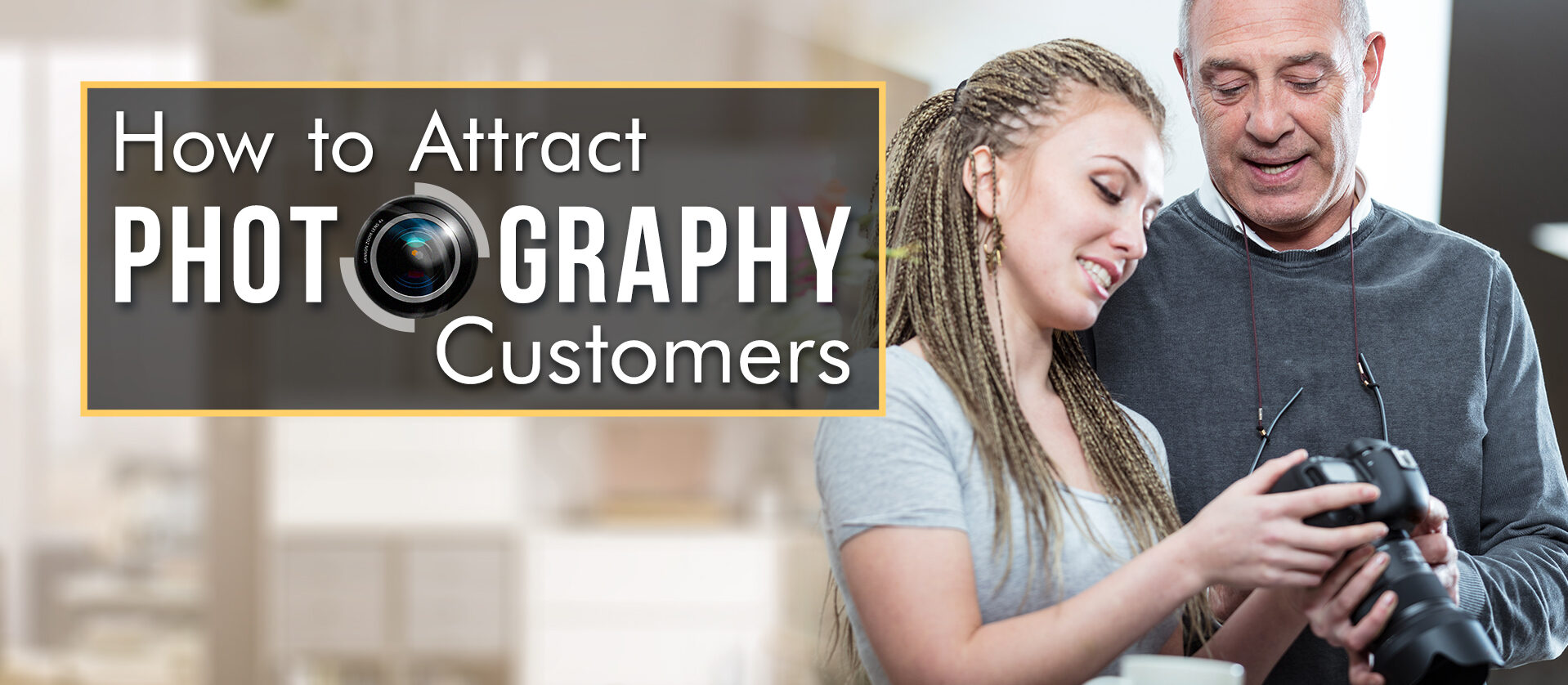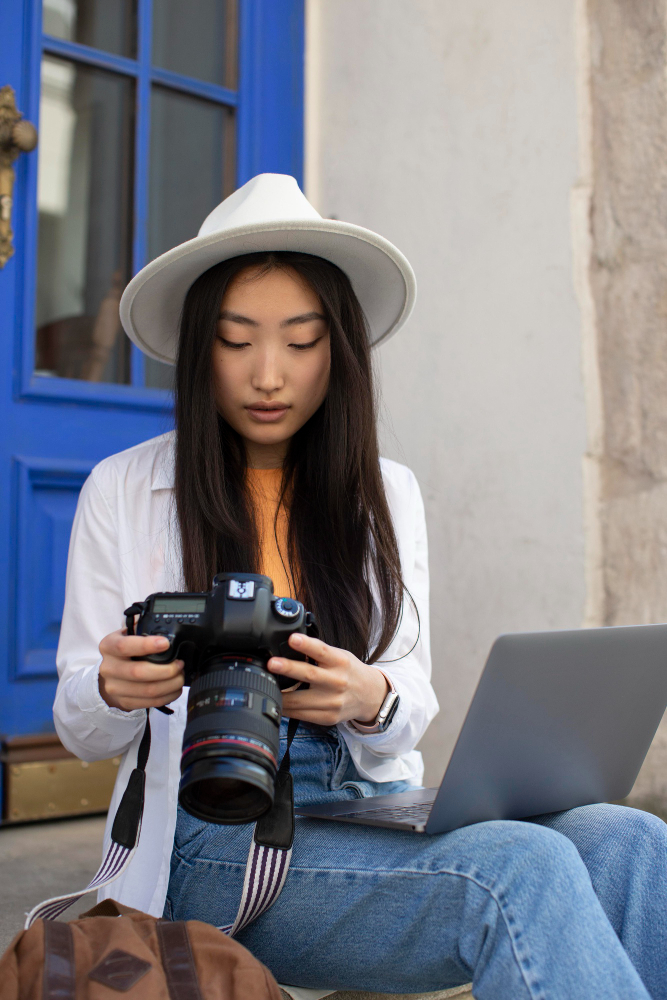One of the ideas which are crucial to becoming an expert photographer is understanding the difference between a camera and a human eye. Our eyes are fixed to a narrow range of abilities – we have no choice in what magnification our eyes see with or what ranges of light they use. Nature gave us so many abilities and that is that. But cameras are an artificial contrivance we’ve cobbled together, with the aim of capturing images permanently. They aren’t bound by the constraints of nature.
Zoom lenses, unlike our eyes, allow the camera to have a variable focal length. This can allow your image to appear to have been taken closer to the subject than you actually were. Most often, this is handy for photographing natural subjects. Those shots of wildlife such as herons taking off from a pond or tigers lounging on the savanna are taken from a far distance away, with the camera magnifying the image. Likewise, you can get a close-up image of an approaching tornado, without actually getting up close and personal with it!
One can’t expect too much image quality under these circumstances. Particularly with digital cameras with telephoto and zoom lenses, some image quality will be sacrificed. This is because digital telephoto zoom lenses have to be made with that physical material we call glass, and it’s that much harder to engineer a lens that’s small, light, able to pull in the magnification, and still get good detail. Even with non-digital cameras, the camera lens sharpness will be lower with a 60-180 zoom lens than it would be with even a cheap prime lens. If you’ve used camera lenses in macro photography, you’ve noticed the difference when you blew the final image up to scale.
There are plenty of zoom lens tutorials online, so I won’t repeat them here. My purpose is to just give you a good feel for the territory, rather than directly answering questions like “How do camera lenses work?”. Lugging those various lenses through the field will be great exercise, as will handling them with the delicacy of a Faberge egg to make sure they don’t get damaged. There’s nothing quite like traveling on assignment only to open your luggage and discover a case full of broken lenses thanks to bellhops and taxi drivers who treat delicate photography equipment like Hulk Hogan giving somebody a body slam.
The best place to try out your new zoom lens is under studio conditions. Here, you can keep the camera perfectly still, the lens free of dust, and your subject set in ideal conditions. You’ll be pretty much limited to macro photography here, unless you’re looking to capture the paint on the studio wall magnified until it looks like the surface of Venus. But here you will have time to go over your camera lens zoom conversion tables and compare them with your results, so you get a good feel for what level of zoom will compensate for what amount of distance. Taking an action shot at a sporting event while your lens’ motorized zoom is adjusting will not be the time to practice.
On a final note, remember that all those variables in photography is what makes it challenging as a hobby or field of endeavor. Luck is a factor. Make luck work for you by taking lots of shots, trying to make each one perfect. When you see your results, you will hopefully have one that’s close to perfect.
Copyright Photography
.

